Long-Lost Shipwreck Full of Gold Discovered In African Desert
In 2008, diamond miners in Namibia made a discovery that defied expectations. While working on the coast, they unearthed the remains of a Portuguese ship, the Bom Jesus, lost since 1533.
This shipwreck, hidden in the sands of a desert, was laden with treasures worth around $13 million.
The Voyage of the Bom Jesus
The Bom Jesus set sail from Lisbon on March 7, 1533, bound for India. The ship, however, never reached its destination.
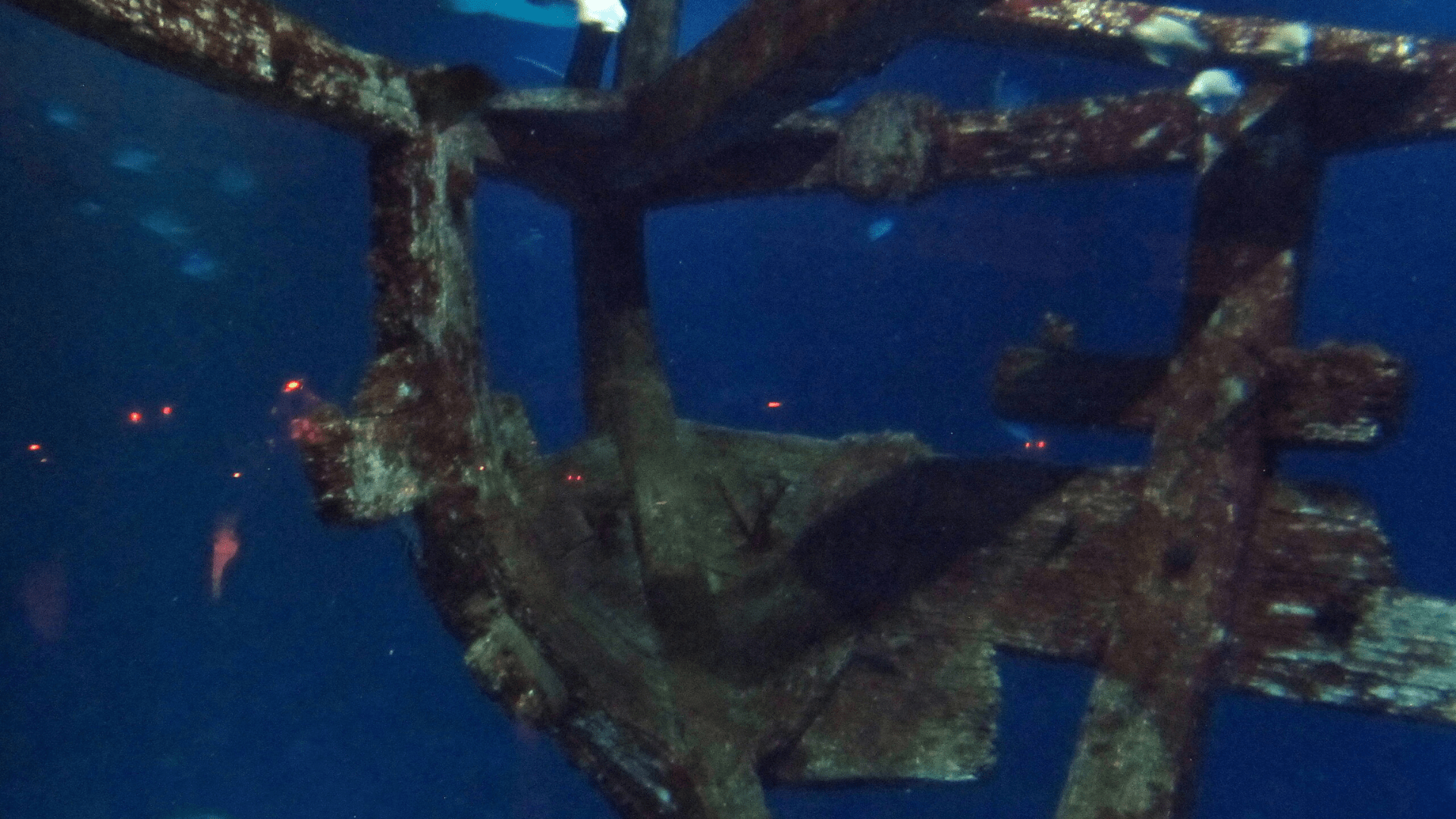
daryl_mitchell/Wikimedia Commons
Caught in a violent storm, it vanished without a trace, leaving behind a mystery that would endure for centuries.
Discovery by Diamond Miners
The ship’s remains were found by miners from the diamond company De Beers. They drained a man-made lagoon on Namibia’s coast and stumbled upon the wreckage.
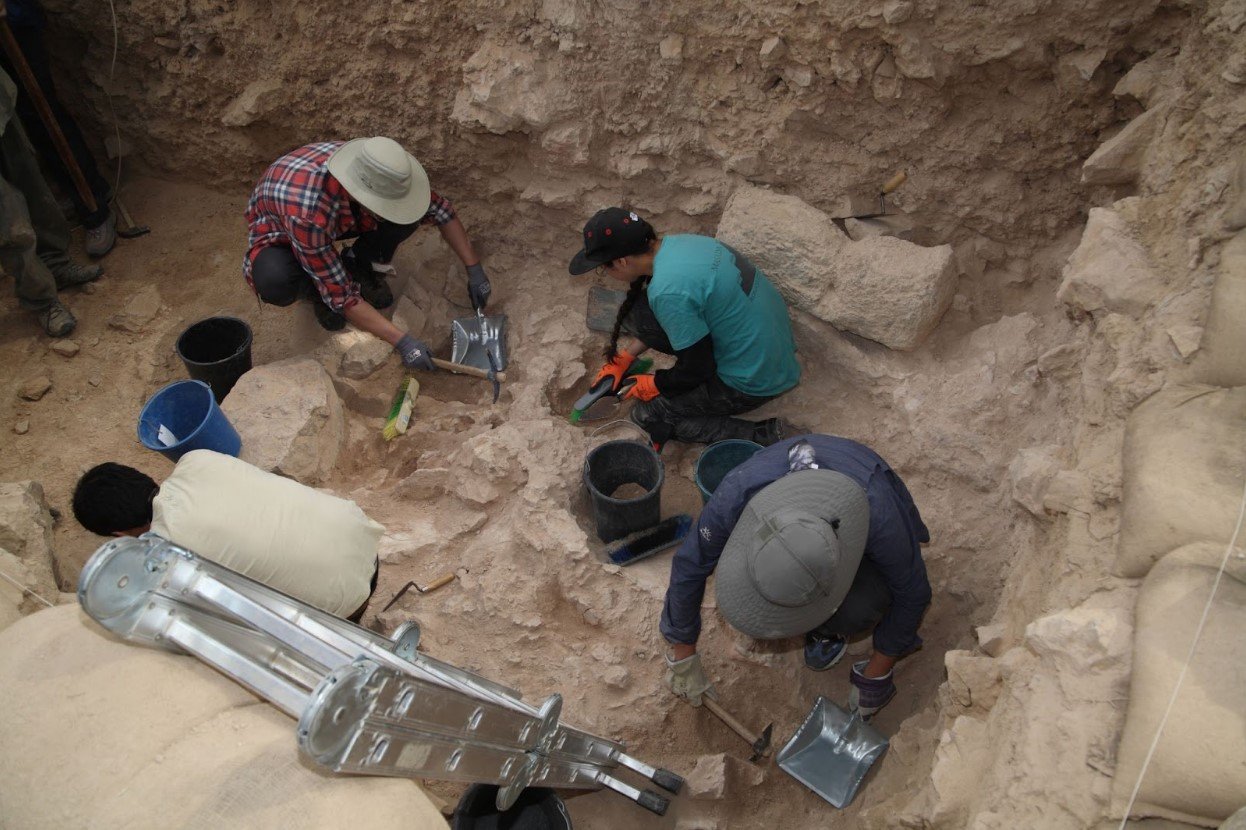
Source: Dan Porges/Getty Images
Chief archeologist Dr. Dieter Noli had long predicted such a discovery, having advised the miners on what to look for since 1996.
Unearthing the Treasure Chest
On the sixth day of excavation, a treasure chest filled with gold coins was discovered. Dr. Noli recounted, “As luck would have it, we found the treasure chest on day six.”
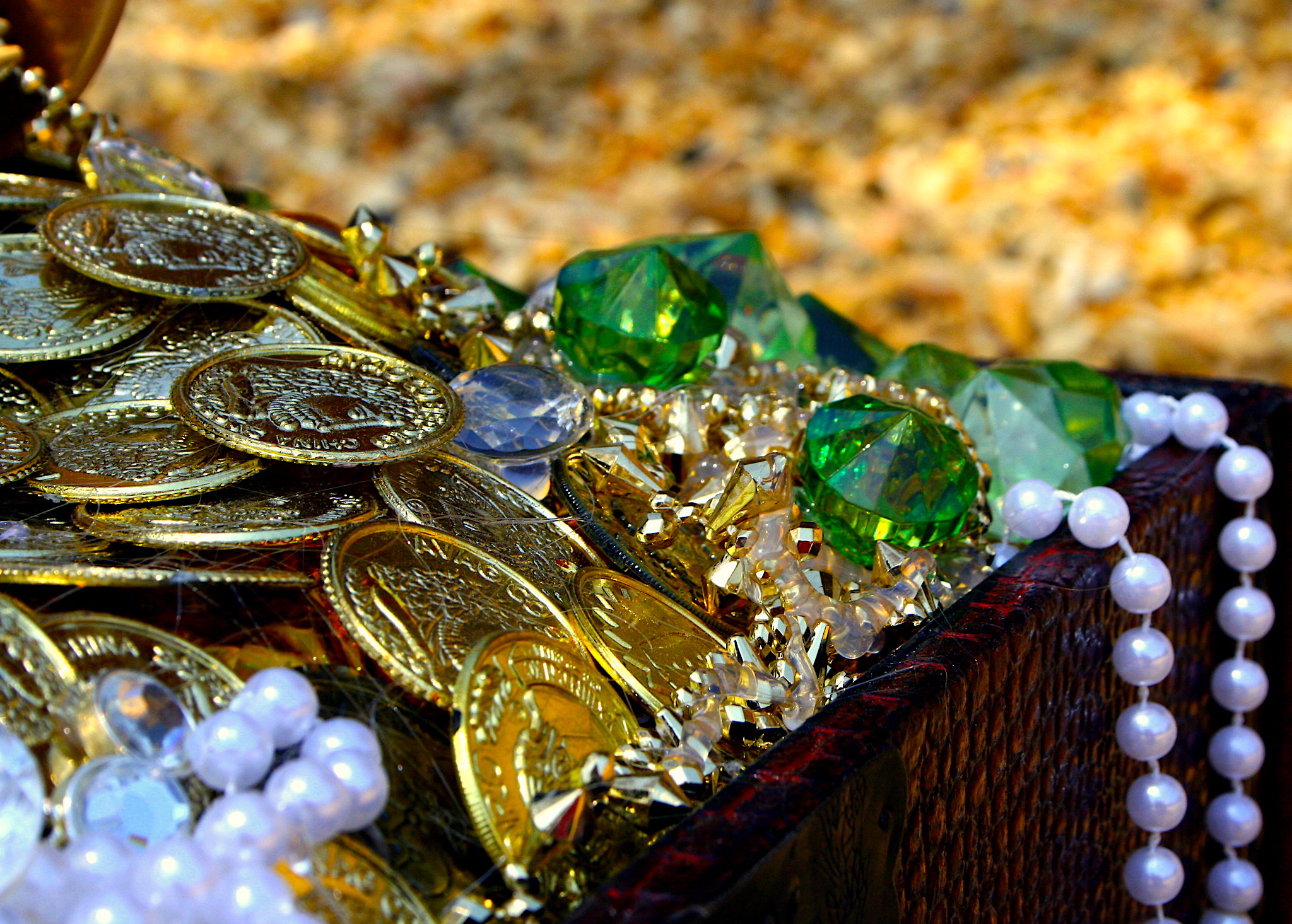
Source: leight49137/World History Encyclopedia
This find included a mixture of Spanish and Portuguese gold coins, confirming the ship’s identity as the Bom Jesus.
Preserved by Copper Ingots
The ship was carrying copper ingots, which played a major role in preserving the wreck.
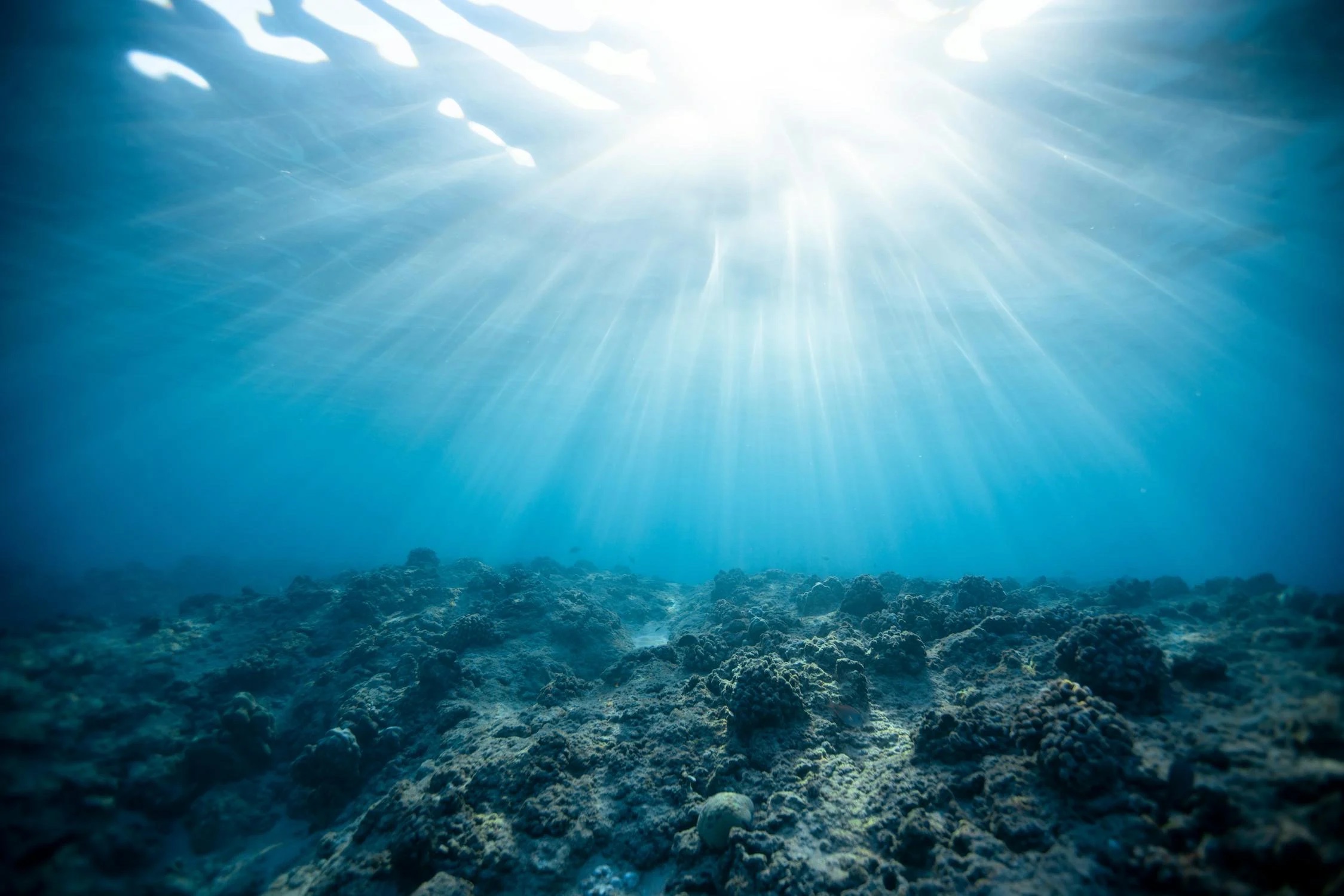
Source: Jeremy Bishop/Pexels
Dr. Noli explained that marine organisms were deterred by the copper, allowing many artifacts to survive. This led to the exceptional preservation of this unique site.
Riches Beyond Gold
The excavation revealed not just gold, but also Portuguese silver coins, bronze cannons, navigational instruments, and more than 50 elephant tusks.

Source: The De Beers Group of Companies
These artifacts provided a glimpse into the rich cargo the Bom Jesus carried on its ill-fated voyage.
Navigational Instruments and Armaments
Among the treasures were five anchors, three navigational dividers, and part of a ship’s compass.

Source: Andrev Sachov/Unsplash
The miners also uncovered swords and muskets, painting a vivid picture of the ship’s journey and its crew’s preparedness for both navigation and defense.
The Mystery of the Ship's Fate
While the exact cause of the Bom Jesus’s sinking remains unclear, experts believe a violent storm drove the vessel too close to shore, causing it to collide with a rock and capsize.
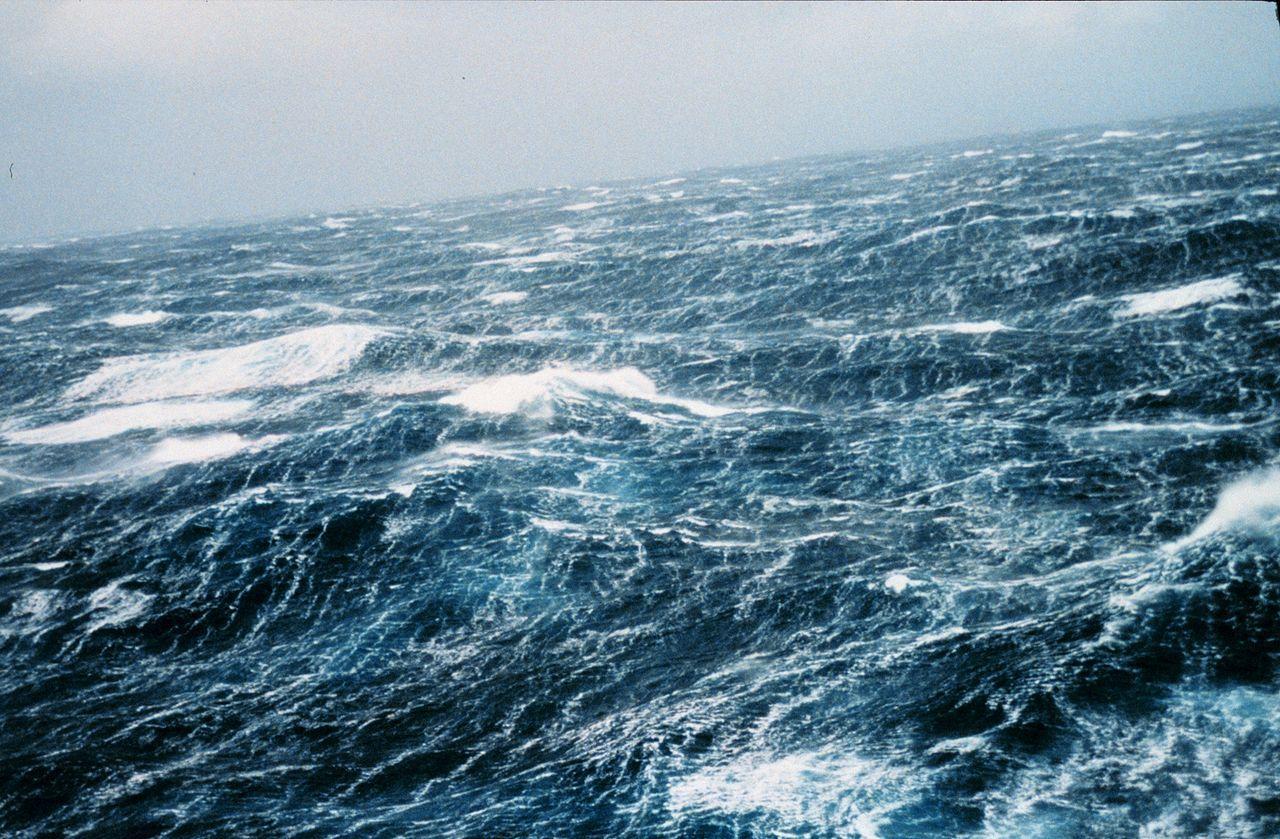
Source: Wikimedia
Over the centuries, the coastline receded, revealing the ship’s remnants in the desert.
A Generous Gesture by Portugal
Despite the treasure’s immense value, the Namibian government retained the find.

Source: Cytonn Photography/Pexels
Though the ship belonged to the King of Portugal, the Portuguese government generously waived their claim, allowing Namibia to keep the entire trove.
Dr. Noli’s Long-Awaited Discovery
Dr. Noli had been preparing for such a discovery for over a decade. He had told the miners to notify him immediately upon finding any sort of shipwreck.
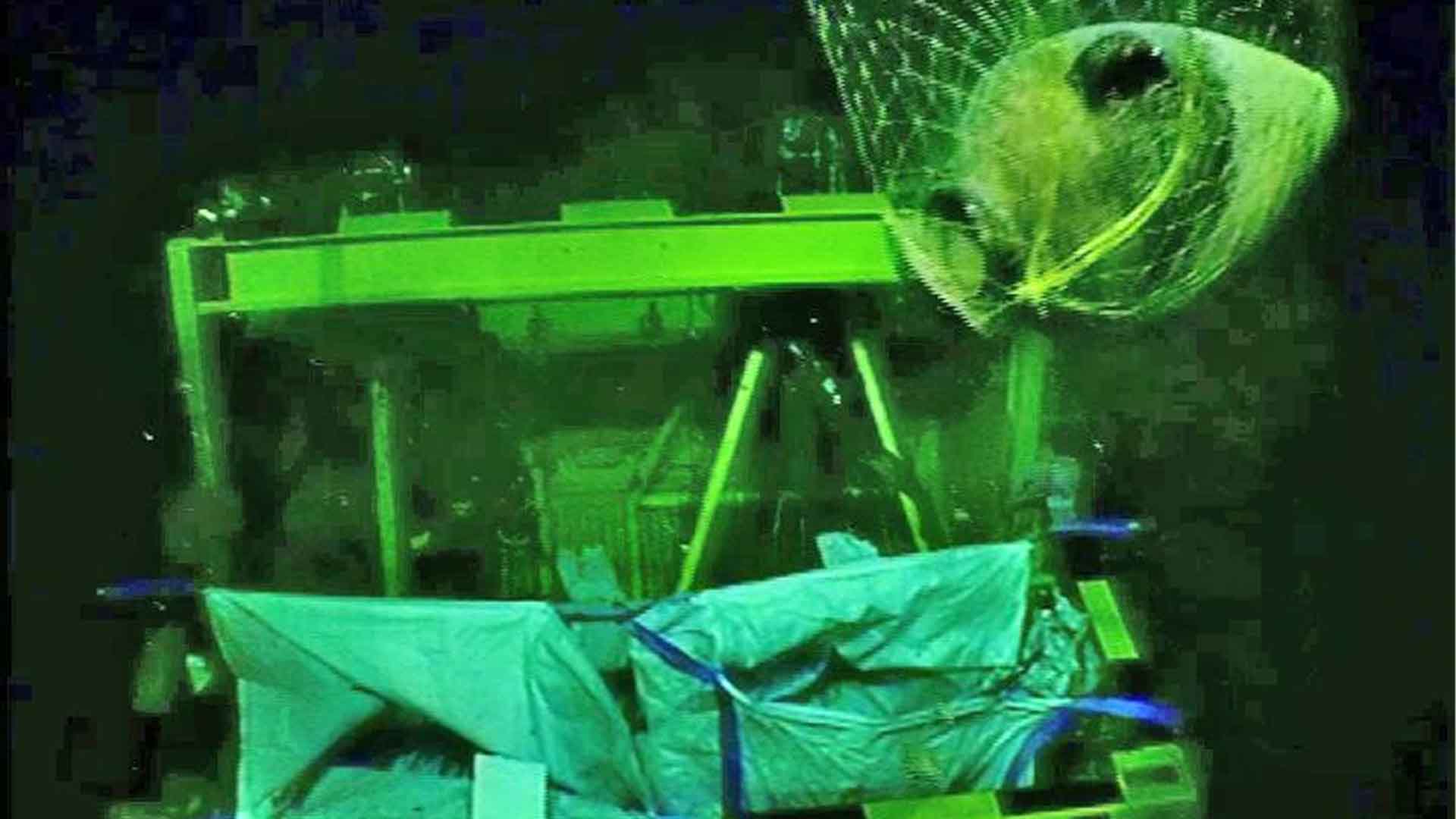
Source: Energean
His foresight and dedication were finally rewarded with the uncovering of the Bom Jesus and its treasures.
A Historic and Cultural Treasure
The Bom Jesus is now recognized as the oldest and most valuable shipwreck discovered in Sub-Saharan Africa.
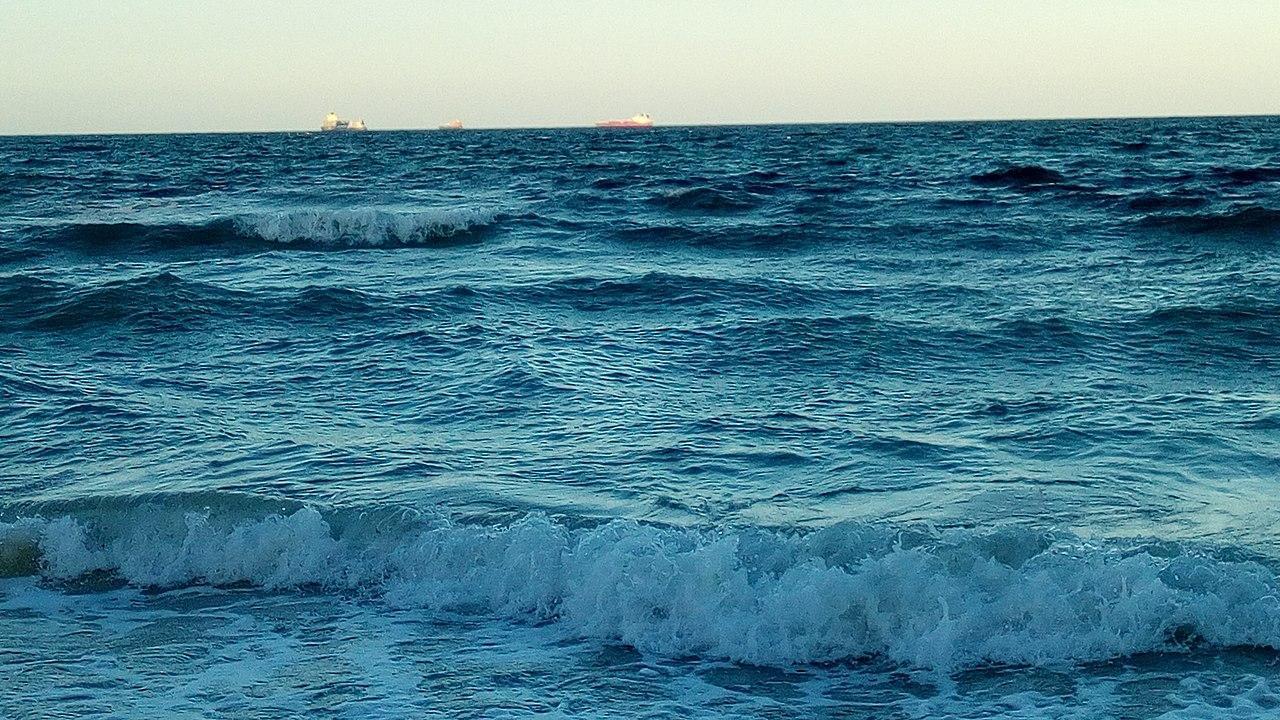
Source: Wikimedia
Its treasures and well-preserved artifacts offer invaluable insights into 16th-century maritime history and Portuguese trade routes.
The Legacy of the Bom Jesus
More than 15 years after its discovery, the Bom Jesus continues to captivate historians and archaeologists.

Source: Muffin Creatives/Pexels
The shipwreck’s treasures, preserved by the Namibian desert, offer a rich history buried beneath the sands and the enduring mysteries of the sea.
